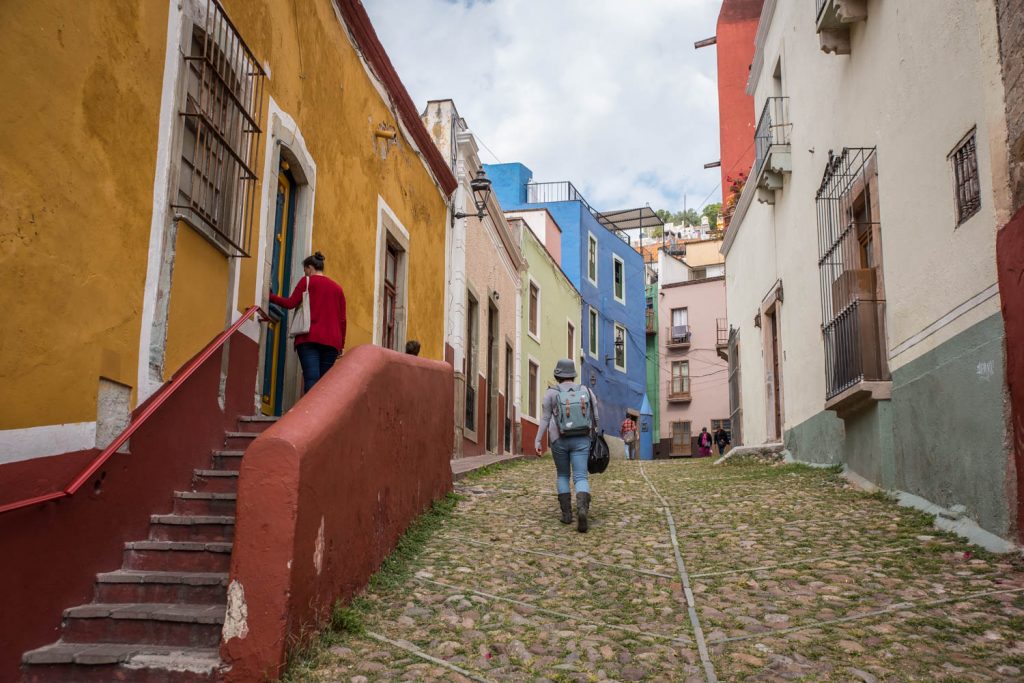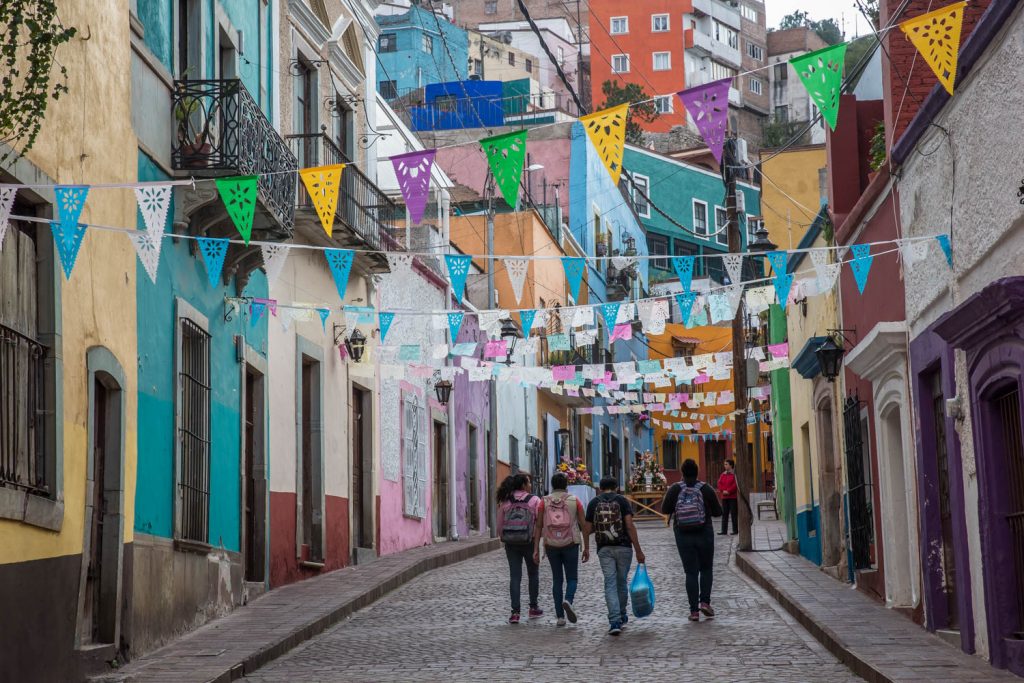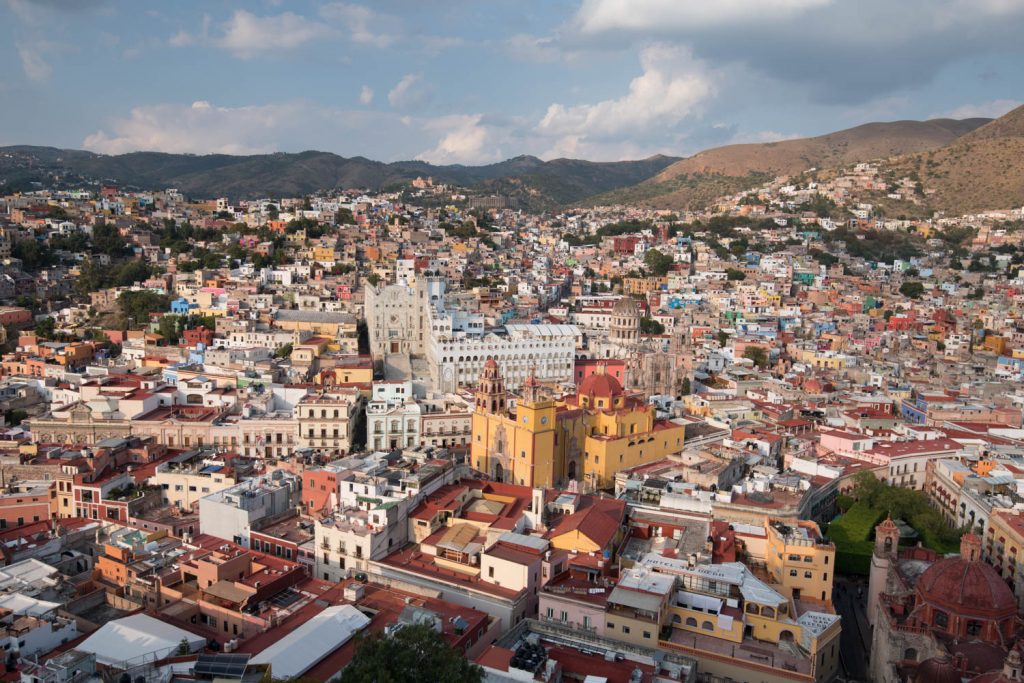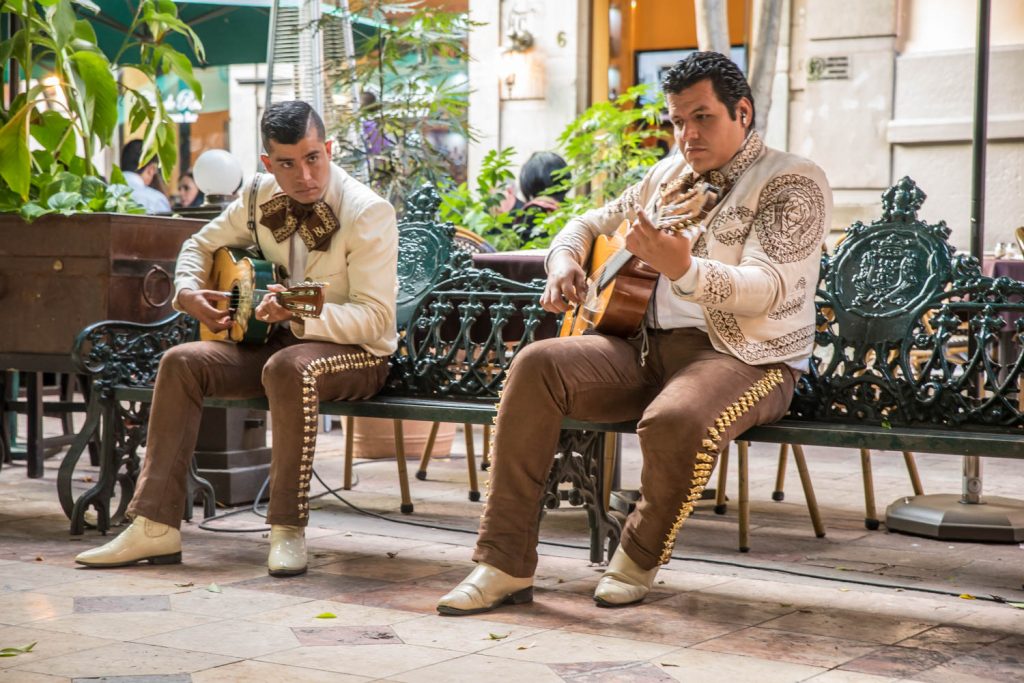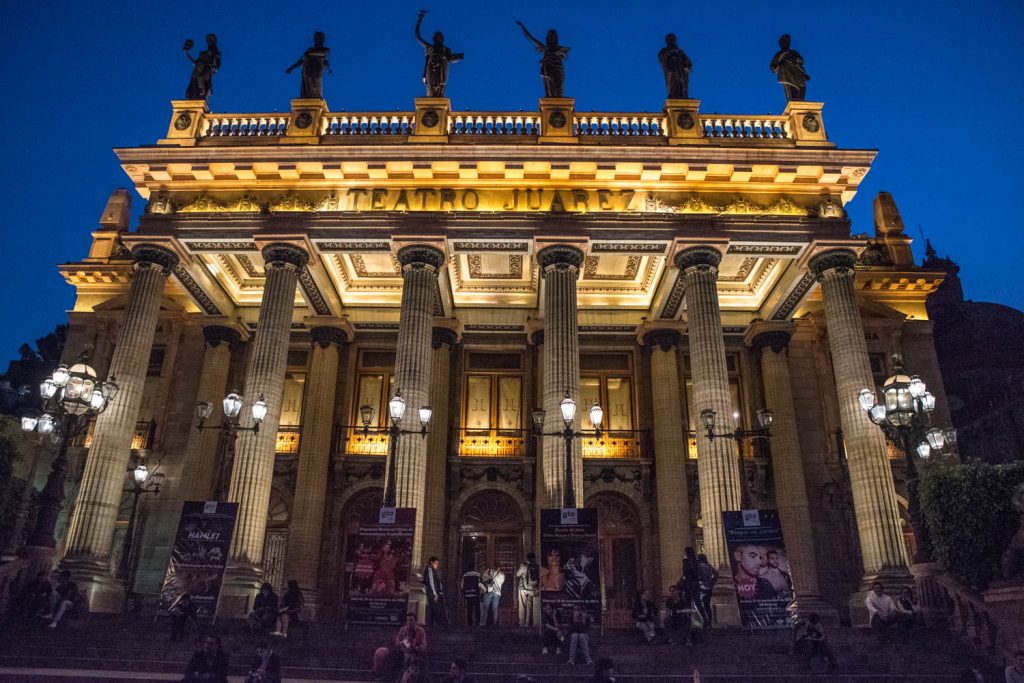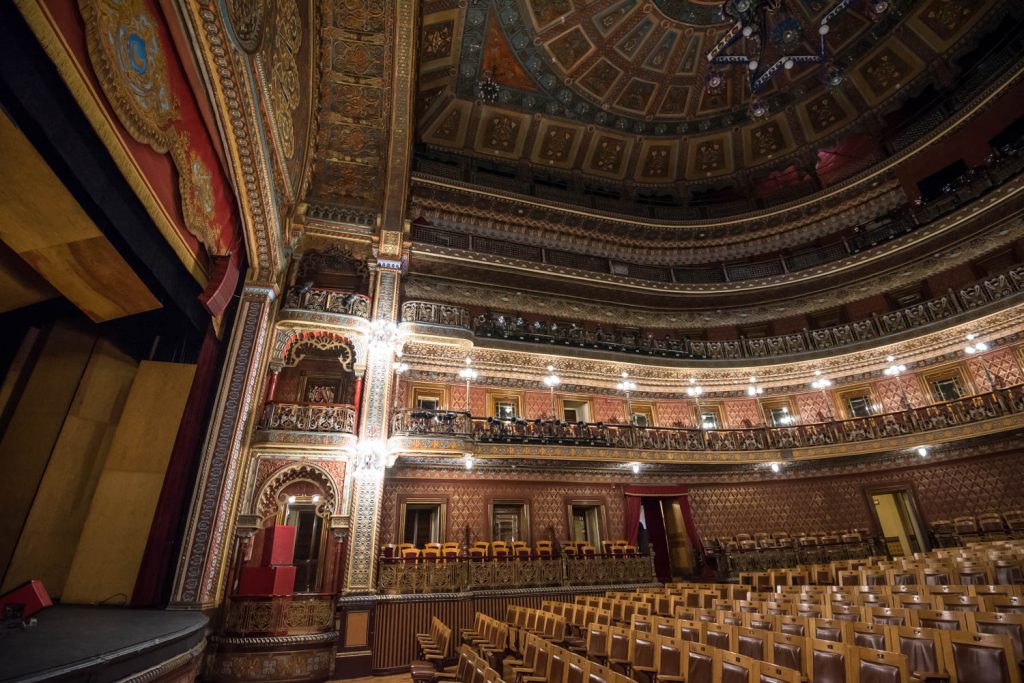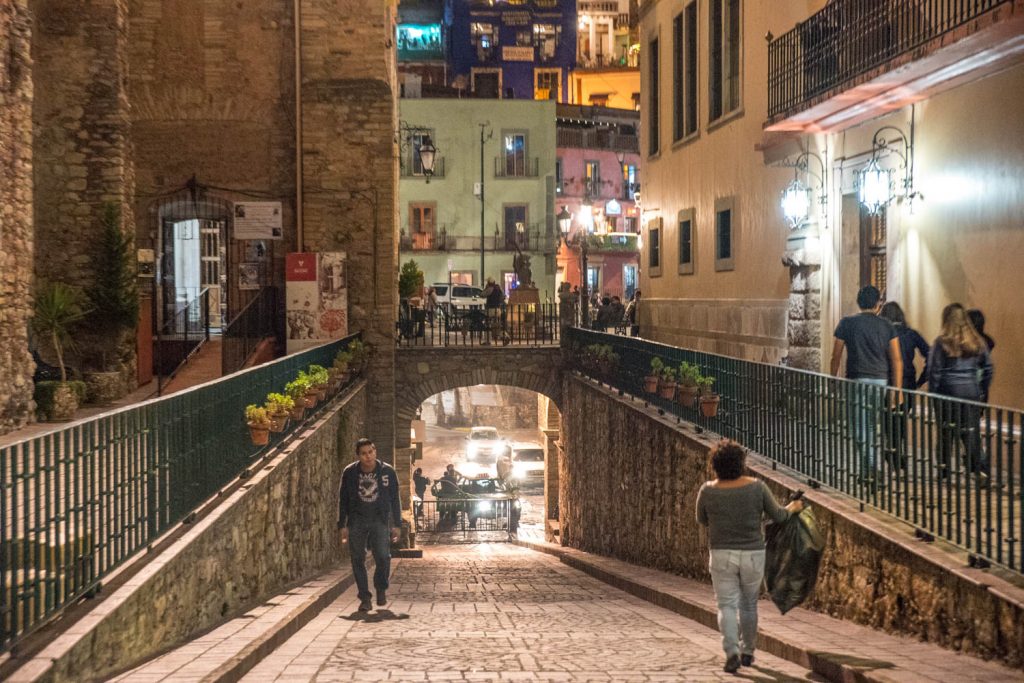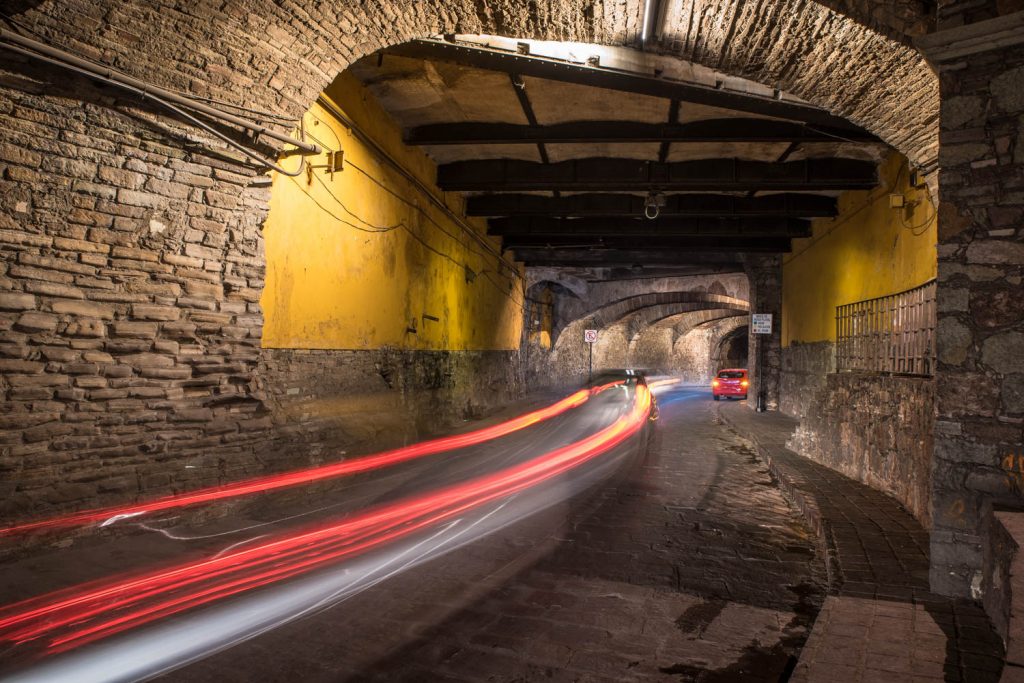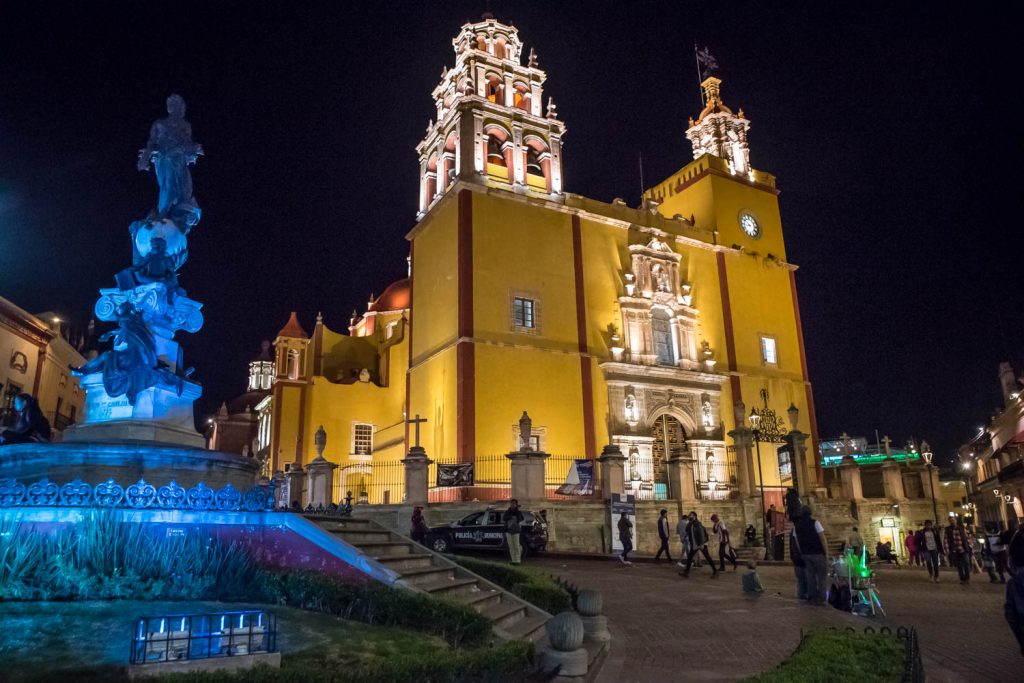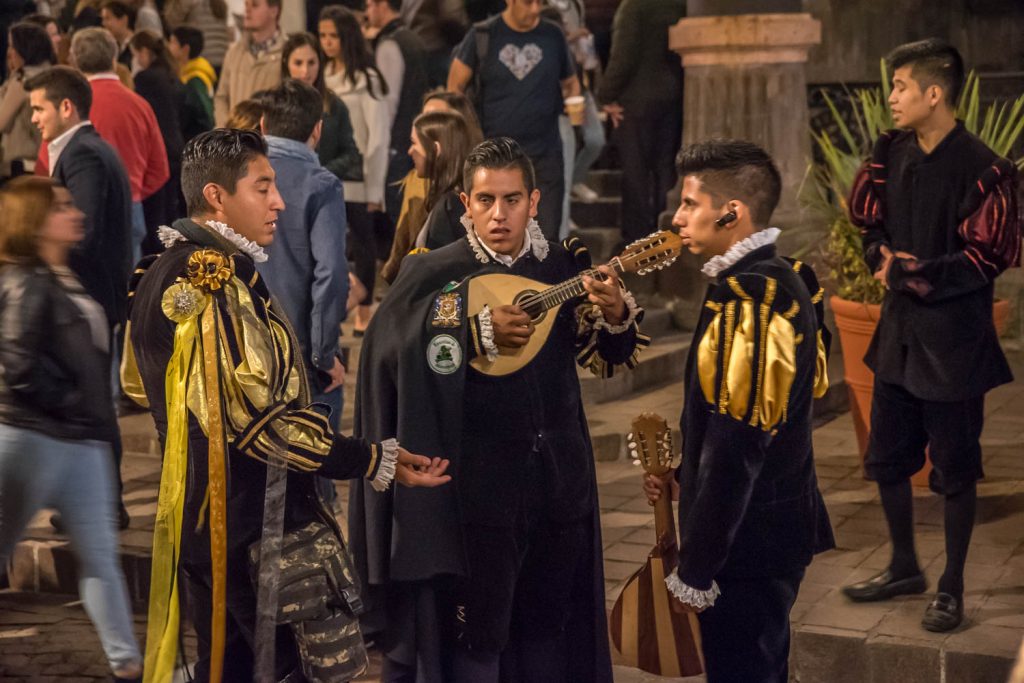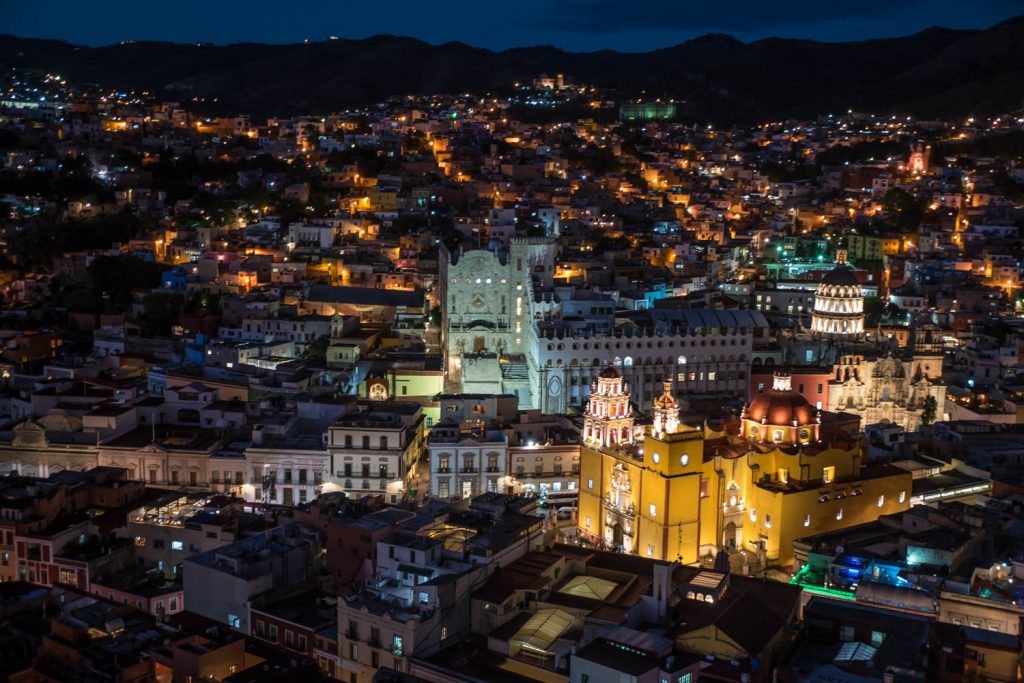
One of the posters for a tour of Guanajuato is headed “Un museo llamado Guanajuato” (A museum called Guanajuato).
It’s an apt description for this city of nearly 200,000 people that is the capital of the state with the same name. Here is found the history of Mexico’s Spanish colonial period and later its struggle in the decade following 1810 for independence from Spain.
Although I did see gringo tourists in the city centre, most of the tourists who come here are Mexican. Most gringos prefer Mexico’s beach resorts. But, despite being a showcase of history, Guanajuato is very much a real city that carries on with life, often oblivious to the visitors who come here.
Guanajuato was built on the massive wealth generated by silver mining, especially in the 18th century. Many of its ornate churches and fine colonial buildings date back to that period.
The city has preserved its character by maintaining tight control over building construction, signage and lighting. There are no loud store signs or brilliant neon, and traffic lights are very rare.
It’s a pedestrian friendly city in the historic centre. Many streets and alleys are pedestrian only, and others are closed to traffic when the evening festivities begin. The streets are narrow, winding and cobbled. Sometimes sidewalks are very narrow, meaning you must step onto the road when you meet another pedestrian.
A network of old underground tunnels carries traffic below the city, also helping to take traffic off the downtown streets. Some of these tunnels are in an underground river bed.
The city is built on the sides of low mountains, which limit its growth and means you’re often walking up and down, sometimes on alleys that wind up steep slopes with multiple stairways.
The city was the scene of the uprising that led to the war of independence in the early 1800s. High on the wall of the Alhondiga – then a granary, later a prison and now a museum – you can see the hook where the head of rebel leader Father Miguel Hidalgo was hung as a warning to the people.
The city is overlooked by an imposing statue of El Pipila, a poor miner, who strapped a flat stone to his back for protection and set the wooden doors of the Alhondiga aflame, enabling the rebels to capture it.
You can climb the steep stairs on winding alleys to reach the statue – which I did the first time – or take a funicular, which I did on a subsequent visit.
From there, you can look out over the city of Guanjuato, built on the rolling hills and low mountains, as the sun sets and the city lights up.
Much of my time in Guanajuato I spent exploring the streets or watching the constantly unfolding drama in the city centre at nightfall. I did visit several attractions, including the ornate Teatro Juarez, a theatre built in the late 19th century, as well as the Diego Riveira Museum, at the house where the great muralist was born and spent his first six years.
There is so much to explore here, but my time is limited. Today I leave for Dolores Hidalgo, the small city where Father Hidalgo kicked off the War of Independence with his “Grito de Dolores” (Cry of Dolores), a speech urging residents to rise up against Spanish rule.

